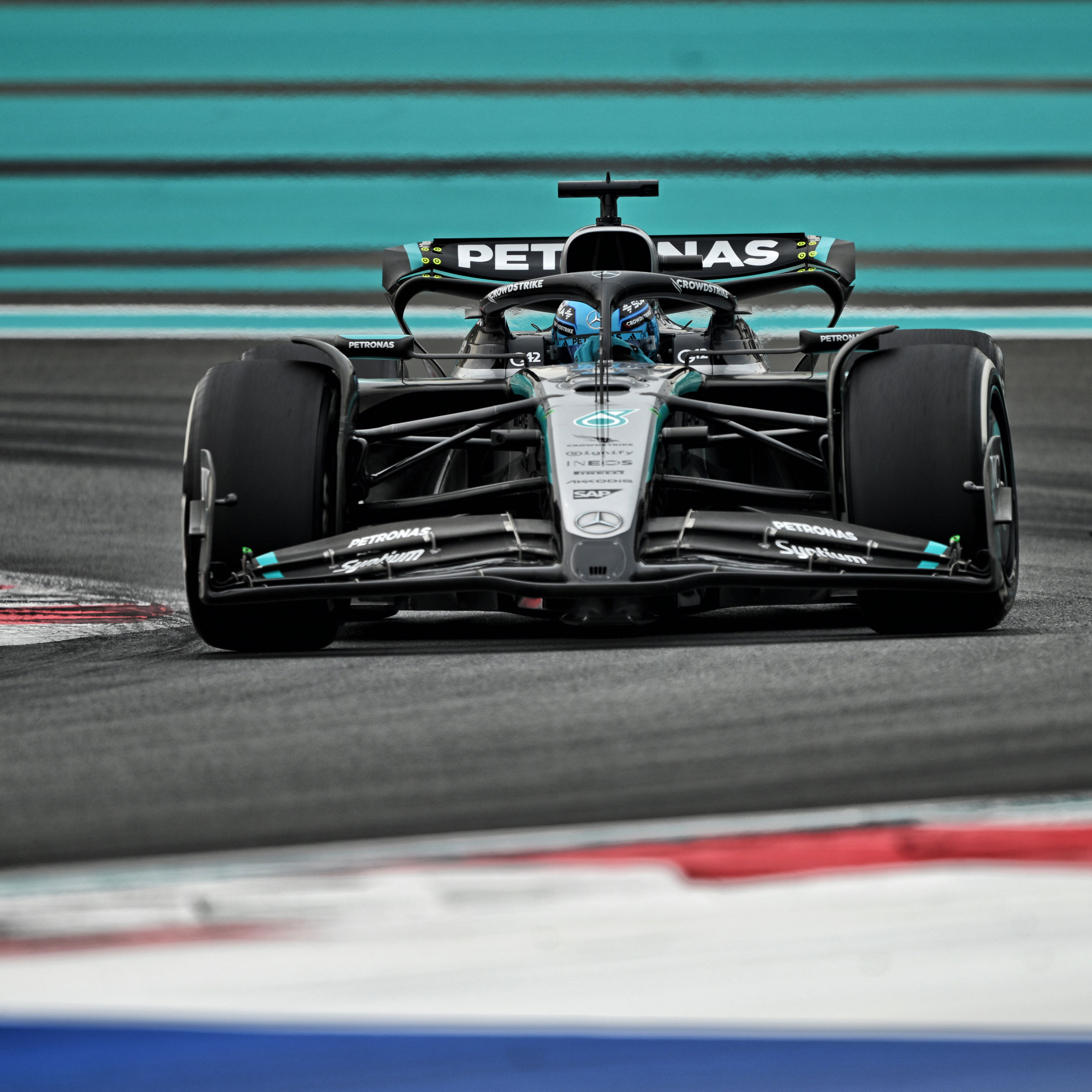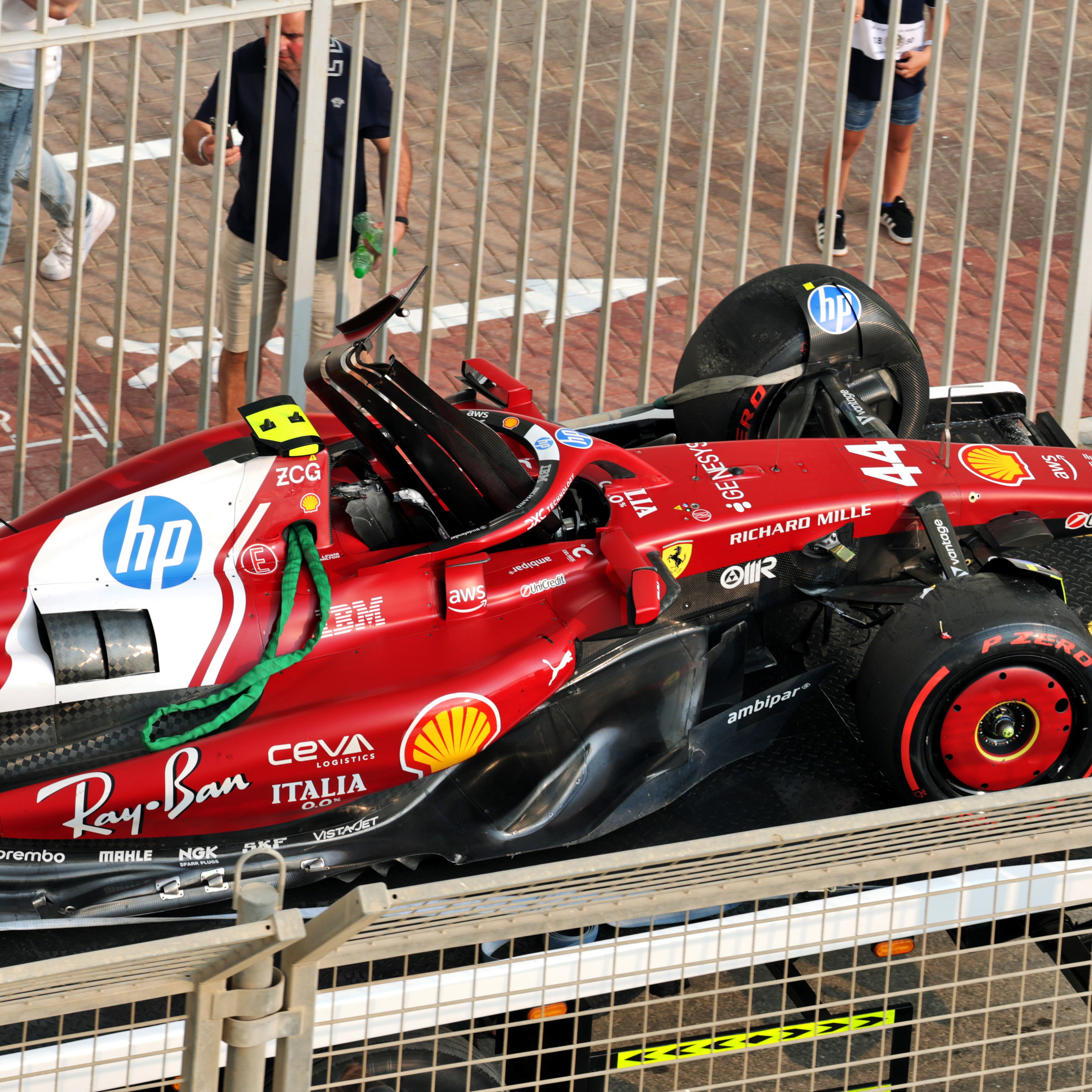Max Yamabiko: MotoGP wings - trend or foe?

Winglets. MotoGP's trending topic of 2016
There has already been huge discussion about the way they look and the supposed risk they pose to riders, but really this is all just paddock patter... aesthetically 'challenged' though they may be, they are not there for cosmetic value, they are there to find those extra thousandths increasing crucial as MotoGP revels in one of its most competitive era.
But what is this value exactly? What do they do, what are the wider implications of their use in motorcycle racing and - crucially - do they actually work?
Wings on racing cars have been part of the scenery ever since a Swiss Engineer first fitted one to a Porsche 550 sportscar in the 1950's. As most will know, the idea in its basic form is to create negative lift - or downforce - from the air flowing over a surface with the right curvature. In a racing car this downforce pushes the car into the ground, giving it more grip and traction which in turn allows it to corner faster.
In motorcycle racing the idea has a similar application, but this it certainly not the same. The wings that have sprouted on a number of bikes this year are all clearly designed to generate downforce, but it is a different type of downforce being chased.
Rather than allowing the bike to corner more quickly, the objective of the winglets is really to help keep the front wheel on the ground under hard acceleration - this is particularly important on the exit of corners, where the margins for error are wider. Even if the wheel of a bike does not visibly lift on a corner exit, the load transfer rearward will still cause a notable reduction of grip at the front and the bike will start to wash out toward the corner exit.
The more throttle the rider applies, the more it understeers. Adding wings, in theory, simply reduces this and allows the rider a little more stability and acceleration out of the corners.
The reality is not quite a succinct as this, however. There seems to be a debate as to whether these wings have an effect at all. Ducati began the trend and Yamaha has followed suit, but riders are cynical about whether there is lap time to gain.
Aerodynamics performance and design is a relatively under researched field in the world of motorcycle racing, as can be witnessed by the fact that Ducati tried winglets in 2010 when it had the services of Formula 1 car designer Alan Jenkins but later gave up on them as it could not really get them working properly. Five years on the winglets were back and this time looked a bit more convincing, but still left some interesting unanswered questions.
To date most motorcycle aerodynamic work in wind tunnels has been around developing the optimum position for the rider and cowling design for drag reduction rather than developing complex airflow structures as is the case in Formula 1. But it appears that this is all slowly changing with the arrival of these winglets, and manufacturers talking more about their wind tunnel programmes.
The problem is that motorcycles move around a lot more than a Formula 1 car does, a car with its four wheels is a much more stable platform and its wings stay pretty much horizontal the whole way round the lap. Inevitably, a MotoGP bike leans up to 65 degrees while cornering, totally changing the flow around each winglet.
It is something that is extremely hard to replicate in a wind tunnel and means that the reliance must be on CFD (computational fluid dynamics - a virtual wind tunnel) to model this transient behaviour. Even then, since the rider moves around on the bike around the lap and through a corner making it extremely hard to model computationally, more so when you consider teams can have two very different size riders.
That rider movement is crucial for the winglet design since in a corner the rider will choke the airflow downstream of the winglet and possibly alter its effect. It is possible that riders could be taught to assume positions that optimise the air flow but at what cost to positioning in terms of centre of gravity and tyre use?
This is not a new problem though - it is fundamental to the design of the winglets, which as one student found out in 1977 can be counter-productive. Rodger Freeth a New Zealander fitted large front and rear wings to his Yamaha TZ750 and found that while there were some gains to be had there were a number of negative factors. While the wings worked in a straight line and under braking the more they were turned toward the vertical in cornering as the bike leant over the more the aerodynamic force pushed the bike outwards, the wings were creating the exact effect that they were designed to reduce. Two years later Suzuki had a go and fitted its 1979 RG500 bikes with very small winglets but, like Ducati years later, quickly abandoned them.
With more advanced aerodynamic techniques and more research done in this field in recent years the winglets have started to sprout again from the MotoGP bikes and interestingly a number of them now have a downward 'droop', seemingly to counteract the negative effect caused by such devices with the bike leaning and cornering. For those which do not have this design, I really do wonder if they can really function as intended in the middle of a corner with the bike leaning.
With the rider moving around, the bike lean angle constantly changing and the speed of the bike changing modelling the airflow around these winglets must be a hugely complicated task and it's hard to see if MotoGP manufacturers have fully mastered it. If the winglets and aerodynamic development is left open as it is now then motorcycle racing could see a wild R&D arms race take place where manufacturers go all out on wings, turning vanes, and other aero devices.
Though this sounds fascinating to me, it would be incredibly expensive as they race to build specialist wind tunnels and acquire super powerful CFD clusters, and that could force some manufacturers out at a time when the sport is enjoying something of a golden era.
I suspect that as a result at some point soon the MotoGP rule makers will have to come up with a set of limits on just how far this winglet concept can be pushed and only Ducati - which has led on this development - will probably be sad to see them go...
By Max YamabikoAdditional reporting by Ollie Barstow
Max Yamabiko will bring you a closer look at the technical side of motorsport throughout 2016, from the latest developments and solutions employed to keep you ahead of the game











